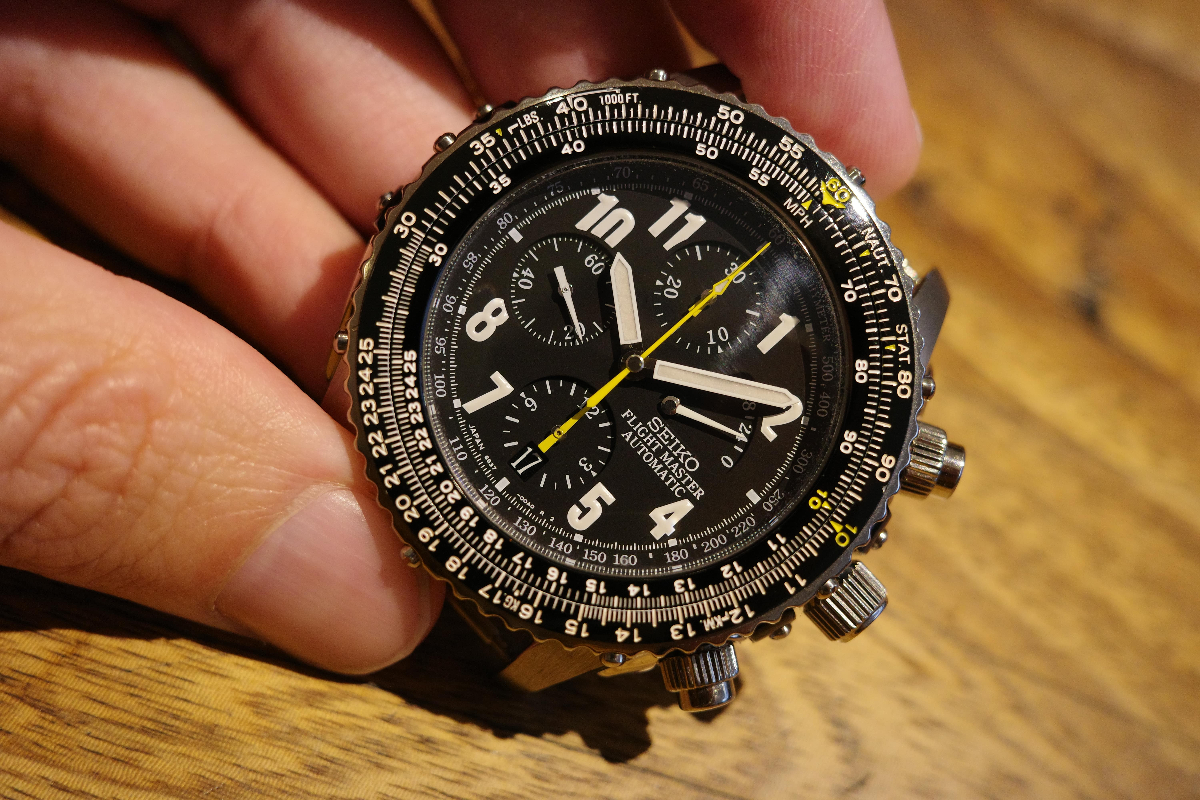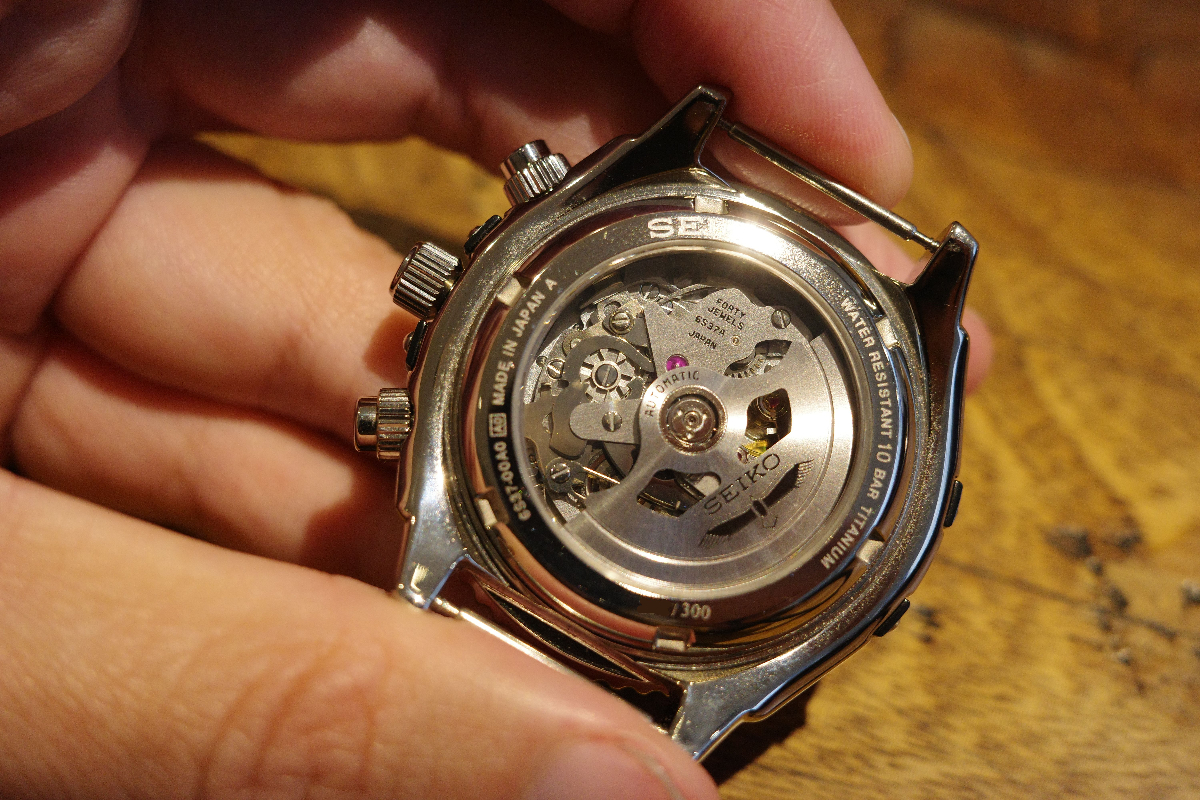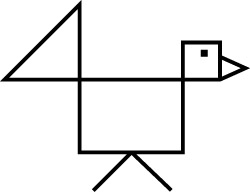An automatic Seiko Flightmaster SBDS003… REALLY, AN AUTOMATIC SEIKO FLIGHTMASTER… Let that sink in, bet most of you Seiko Flightmaster fanboys never knew it existed, no? An all-titanium, 100m wr, screw-down everything, GS grade (6S37A), rhodium-plated, column-wheel chronograph, high-beat movement, with a power reserve indicator, integrated matching colour date wheel, sapphire crystal front and back, signed crown, etc. etc. I could go on and on, and will do so later. I’m not usually one for spec sheets, but when I found out about this watch, it baffled and excited me, the level of detail, and it made me love Seiko, or at least what Seiko used to be. Seiko used to be about quality (not value) for money, now they’re just about money.
I’m an avid enthusiast of late nineties to early noughties Seiko as I feel it was the pinnacle of what they did best and were loved for. This period for me was a culmination of their love for watchmaking and the enthusiast community, producing the best watches they could along the entire price spectrum for all to enjoy. The level of care, it just doesn’t exist with Seiko anymore. Taking my Seiko Flightmaster SBDS003 as an example, the three subdials and power indicator are presented in a cross configuration, balancing one another on the dial. The date wheel is placed within the bottom of the bottom subdial, matching dial colour, visible when required, not breaking the homogenous aesthetic of the dial. The hands that pertain to the chronograph functions are coloured in yellow, in contrast to the white hands elsewhere, so as not to be confused with the other operations of the watch. The slide bezel is attached via screwed clamps on the side of the case for easy assembly/disassembly. The sides of the case are notched, as are the endlinks, so that they seat perfectly, that there is no play in them and that you may more easily work with the springbars. The titanium bracelet (which I have stored overseas at home at the time of this review) is secured by a machine, button-release titanium clasp that is machined to exact proportions that there is no play when secured. SEIKO. USED. TO. BE. ABOUT. DETAIL.

They were so good during that period that even Junghans and Tag Heuer wanted in on the action, purchasing rights to the 6S37 movement to use in their own creations. And the SBDS003 isn’t an isolated instance during this period, my IWC Mark killing 4S15-7020 being another juggernaut of the time. These watches, and this period, were symbolic of what the Japanese do best, taking what others do, and doing it better. Give me a better spec chronograph to contrast against what would have been (for the period) an Seiko Flightmaster SBDS003 that would have cost around the 1k mark. You can’t.
Did I mention they only made 300 of them too? When was the last time Seiko made an LE below four digits? If you make an LE of 5500, it isn’t an LE, you’ve just factored that you’ll probably sell 5500. Yes, the Seiko Flightmaster SBDS003 is a culmination and evolution of the SBDS001 and SBDS002 before it. Seiko gave the world more than one automatic Flightmaster. FYI, the first two were butt ugly, but still technically prowess.

You have to pay thousands of dollars these days in the Seiko catalogue just to get anything close to this level of detail. You shouldn’t have to buy a GS-level watch just to get quality, and the microbrands show us that (using Seiko’s own movements too), picking up the mantle that Seiko has since dropped. There’s no excuse.
Seiko used to beat the Swiss, now they just chase them.


Leave a Reply
You must be logged in to post a comment.